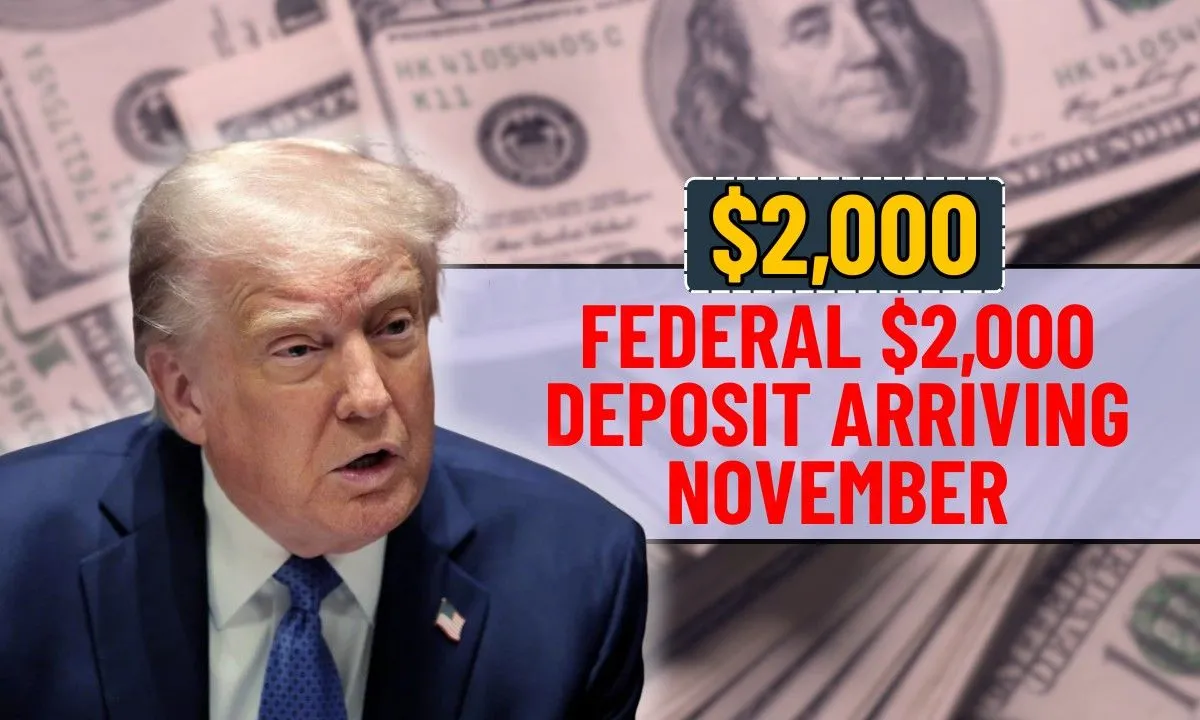For years, the federal government has been working to modernize the way Social Security benefits are delivered, with the ultimate goal of making the entire system faster, safer, and more cost-efficient. Electronic payments through either Direct Deposit or the Direct Express card have proven to be far more secure compared to traditional paper checks. According to the U.S. Treasury Department, most Social Security beneficiaries have already embraced digital methods, with more than 99% receiving their payments electronically. The remaining checks, however, continue to pose significant risks, as they are much more likely to be lost, stolen, or tampered with. This ongoing vulnerability has been a major driving force behind the government’s push to phase out paper-based payments once and for all.
Table of Contents
The Original September 2025 Deadline to End Paper Checks
In August 2025, the Treasury Department announced that September 30 would be the absolute final deadline for ending all Social Security paper checks. This was part of the nationwide “Modernizing Payments” initiative, which aimed to eliminate outdated processes and reduce the substantial costs associated with printing and mailing millions of paper checks each month. Beneficiaries were advised to choose one of the two digital options Direct Deposit for those with bank accounts and the Direct Express card for those without one. The plan was presented as firm and final, emphasizing efficiency, cost savings, and improved protection against fraud.
Government Quietly Walks Back Its Strict Cutoff Date

Despite weeks of firm messaging, the plan has now shifted in a more flexible and human-focused direction. After widespread concerns from senior citizens, rural communities, and experts in digital accessibility, the Social Security Administration (SSA) and Treasury confirmed that the September deadline would not be enforced as strictly as previously expected. Instead, exceptions will be available for beneficiaries who simply cannot transition to digital payments in time or may not be able to transition at all. This includes older Americans who are unfamiliar with banking apps, individuals living in remote areas with unstable or nonexistent internet access, and people who do not have smartphones, computers, or even bank accounts. Officials have made it clear that no one will lose their benefits solely because they cannot switch to electronic payments. This marks a significant shift in tone, signaling a more compassionate and realistic approach to modernization.
Updated Overview of the Social Security Payment Changes
To make the new policy easier to understand, here is a simple breakdown of the current status of Social Security payment updates:
| Category | Details |
|---|---|
| Program | Social Security & Federal Benefit Payments |
| Agencies Involved | U.S. Treasury Department & Social Security Administration |
| Original Rule | Paper checks end September 30, 2025 |
| Updated Rule | Paper checks allowed for approved exceptions |
| Digital Payment Options | Direct Deposit, Direct Express Card |
| Main Purpose | Faster, safer, more efficient payments |
| Official Website | https://www.ssa.gov/ |
Why This Change Will Matter to Millions of Americans
This new softer approach is especially important because many older Americans still prefer paper checks, not out of resistance to change, but because the digital world can feel overwhelming or inaccessible. For many seniors, holding a physical paper check provides a sense of security and familiarity that electronic transactions cannot replicate. Rural residents, who often face unreliable internet service or limited access to financial institutions, may also struggle with digital alternatives. By keeping paper checks available for those who genuinely need them, the government is showing that modernization does not have to come at the cost of accessibility. It is a reminder that while technology can improve systems, it must support people, not exclude them.
What Beneficiaries Should Consider Doing Now
Although paper checks will remain available for approved exceptions, government agencies are still encouraging beneficiaries to switch to digital methods if they can. Digital payments are significantly faster and offer better protection against delays and fraud. Setting up Direct Deposit is the easiest option for anyone with a bank account, while the Direct Express card is available for those without one. Beneficiaries who cannot make the transition due to legitimate barriers can request an exception through the Treasury’s payment center. This ensures that individuals will continue receiving their benefits without interruption while still giving them the flexibility to transition when they are ready.
The Balance Between Technology and Accessibility Going Forward
The softened plan makes it clear that the government is still committed to modernizing payment systems, but now with a more thoughtful and inclusive approach. Over the coming months, more educational resources, community outreach programs, and partnerships with local banks and senior centers are expected to help people understand how to transition safely. The long-term goal remains a more modern and efficient payment system, but the new strategy acknowledges that Americans have diverse needs and varying levels of digital readiness. This slower and more considerate rollout ensures that the transition happens at a pace that does not disrupt anyone’s livelihood.
FAQs
Q1. Will Social Security paper checks end in 2025?
No. While digital payments remain the preferred option, the government will continue allowing exceptions for individuals who cannot transition.
Q2. What digital payment options are available?
Beneficiaries can use Direct Deposit or the Direct Express debit card, both supported by the U.S. Treasury.
Q3. Where can I find official information about my Social Security payments?
All verified details are available directly on the SSA’s official website: https://www.ssa.gov/



